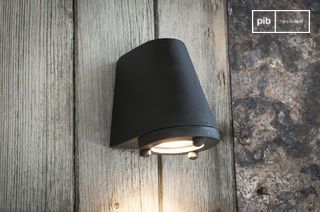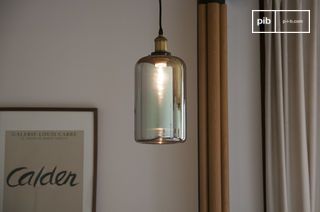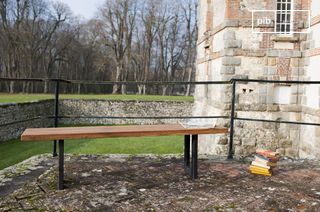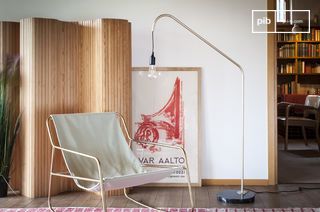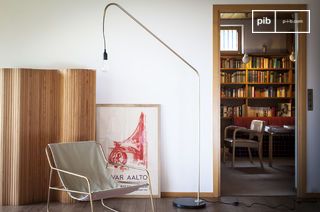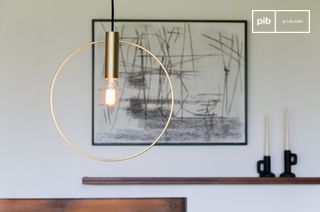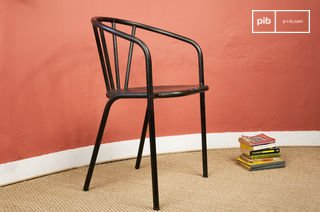Minimalist
The Minimalist category brings together furniture with simple forms and no added decorative elements. Lines are clean, volumes reduced to their essential function. Light-colored wood, painted metal, frosted glass or plain textiles are used to keep space flowing. The Minimalist style allows functions to be organized without visual overload or breaks in rhythm. Each piece of furniture fits into a logic of withdrawal, where material, proportion and placement are enough to structure the use.
read more >Filters
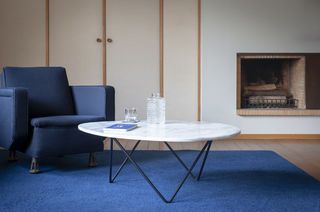
White marble coffee tableTrivisan
£725 £650-10%
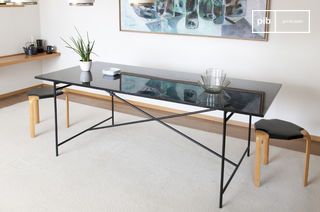
Black marble tableThorning
£1925 £1730-10%
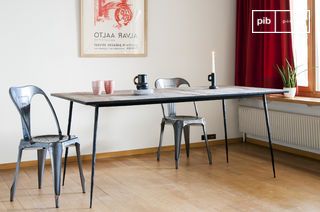
Wood and metal dining tableSherman
£1655 £1490-10%
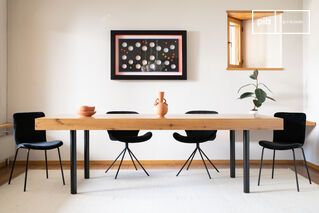
Large light wood dining tableAvesta
£1210 £1090-10%
10 festive days
10% off our tables and consoles
Welcome your guests in style · Limited stock
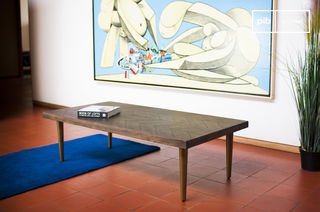
Dark wood coffee tableAlienor
£465 £415-10%
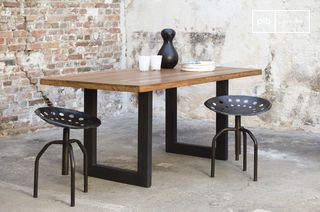
Teak wood tablePeterstivy
£970 £870-10%
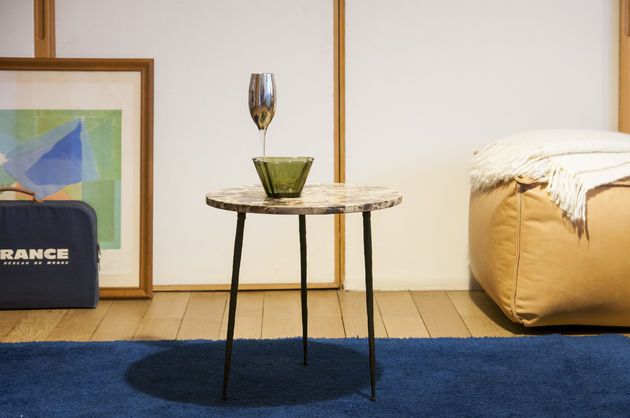
Marble side tableVilma
£305 £275-10%
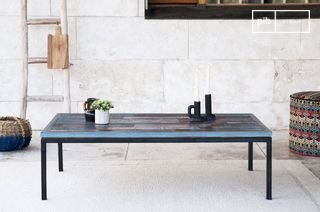
Wooden coffee tableMoriz
£605 £540-10%
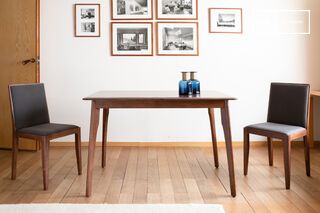
Small dark wood dining tableUmea
£585 £525-10%
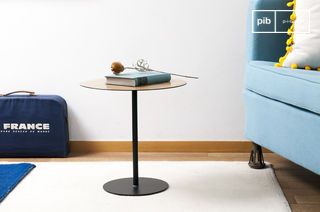
Small round side tableXylème
£315 £285-10%
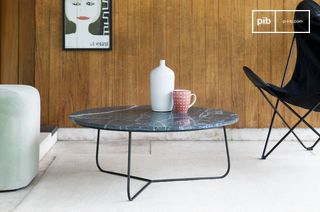
Green marble coffee tableVertü
£725 £650-10%
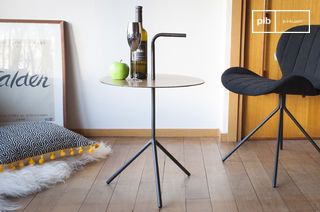
Portable table with handleXylème
£360 £325-10%

Minimalist: formal reduction and spatial legibility
The Minimalist style is based on the elimination of all non-functional elements. It favors simple, unadorned forms and a composition based on proportion, alignment and the absence of superfluous contrast. Furniture is often single-material, or combines a maximum of two materials. Surfaces are smooth, structures discreet, angles clean or slightly softened. This approach creates a stable environment without visual overload, suitable for both open spaces and more contained rooms. Minimalist furniture doesn't impose a presence, it accompanies use in a neutral, constant way.
Materials and finishes in Minimalist furniture
The materials used are chosen for their visual neutrality and stability over time. Light-colored solid wood, painted MDF, anodized aluminum, powder-coated steel, smooth concrete or plain textiles make up the bulk of this palette. Surfaces are matte or low-gloss. Assemblies are barely visible: integrated grooves, hidden hinges, recessed legs. The surface treatment is not intended to produce an effect, but to unify the object. This reinforces the impression of visual calm and encourages continuity between the different functions of the same space.
Aggregation and relationship to use
Minimalist furniture is designed to be clutter-free. It introduces a clear functional hierarchy, without resorting to contrasting effects. Each piece of furniture defines a single, unambiguous use: a seat, a work surface, a storage volume. Their positioning in space follows a rational logic: aligned with walls, maintaining constant distances, oriented to natural light. This type of furniture adapts to sober lifestyles or multifunctional interiors where clarity takes precedence over accumulation.
The Minimalist style offers a stable visual framework, structuring space through emptiness, repetition and balanced volumes. It accompanies use without constraining it, in a logic of lightness and clarity.
The Minimalist style offers a stable visual framework, structuring space through emptiness, repetition and balanced volumes
